Yarlung Records’ producer Bob Attiyeh gives his personal insight and story behind the making of new album Takács Assad Labro.
-
Takács Assad Labro [Pure DSD]€20,99 – €34,49
Dear Friends,
It isn’t every day one has the privilege of working with Takács Quartet, arguably one of the most important string quartets in the world. It happened by chance and there’s a fun story. My friend Clarice Assad called me out of the blue a few months after our album Confessions earned a GRAMMY® nomination. Clarice had written the title tracks on the album, which Laura Strickling sang magnificently. “Bob,” Clarice said, “I have an idea….” I have learned that anytime Clarice has an idea, I’m interested. “I wrote a piece for Takács Quartet and bandoneón virtuoso Julien Labro. It’s a wild piece. The five of them have been performing it all over the world on tour, and I think you would like it. Actually, I know you would like it. Julien also wrote a companion piece, and the third work is by Bryce Dessner. I think you know Bryce; he lives in Paris. What a trio!” I responded that it sounded wonderful. “I want you to record these three works, plus another piece I have in mind for violin and piano. When can we do it?”
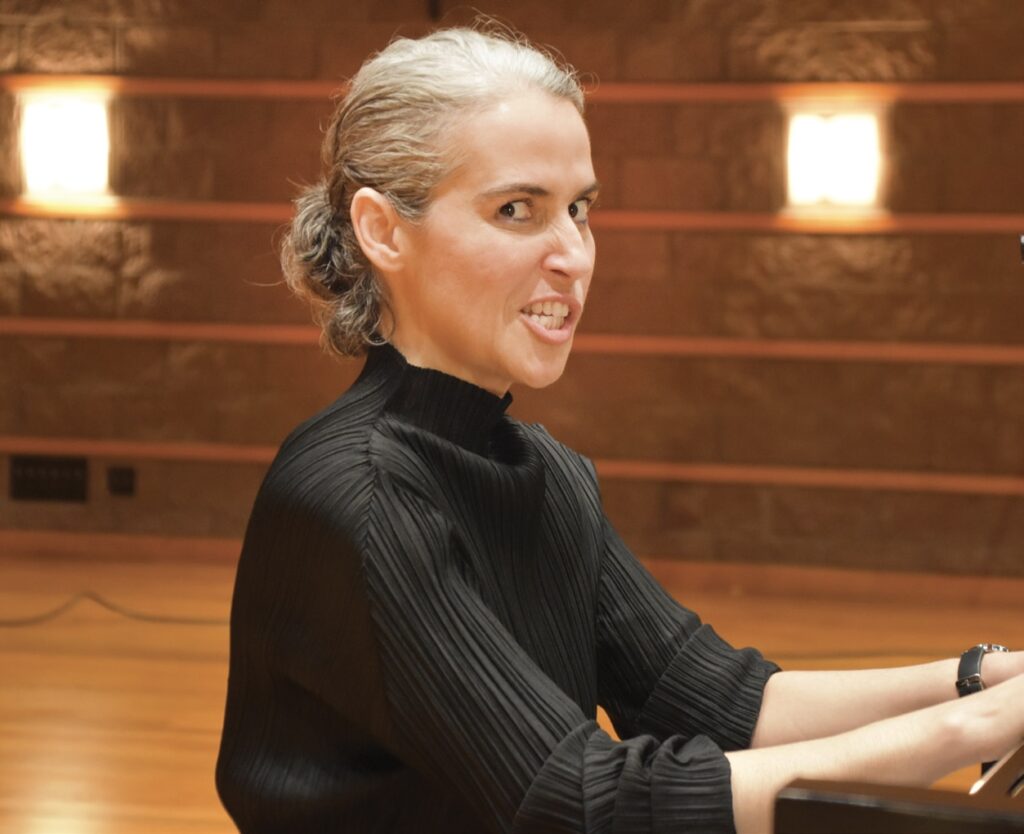
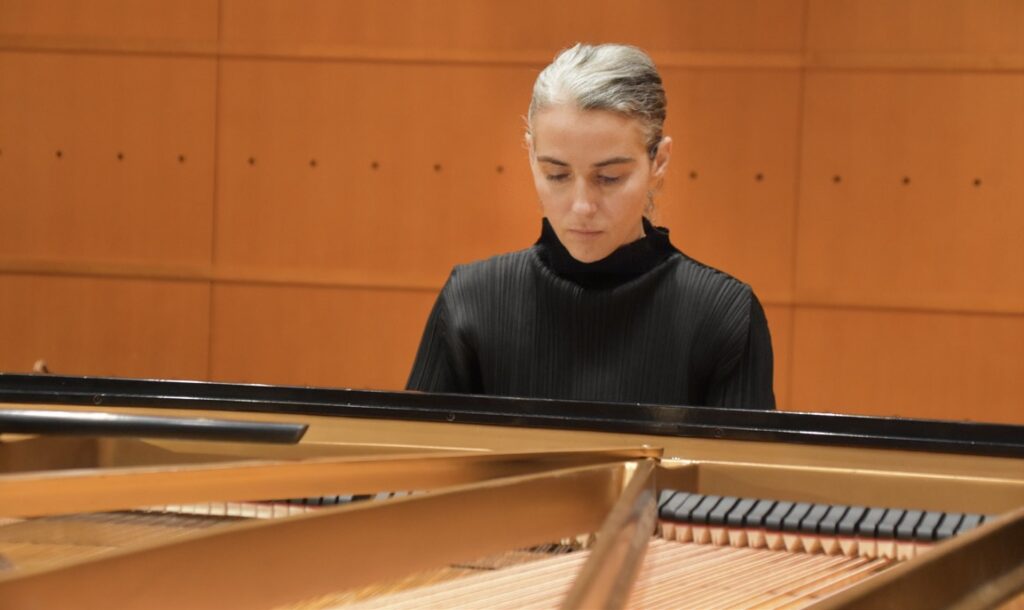
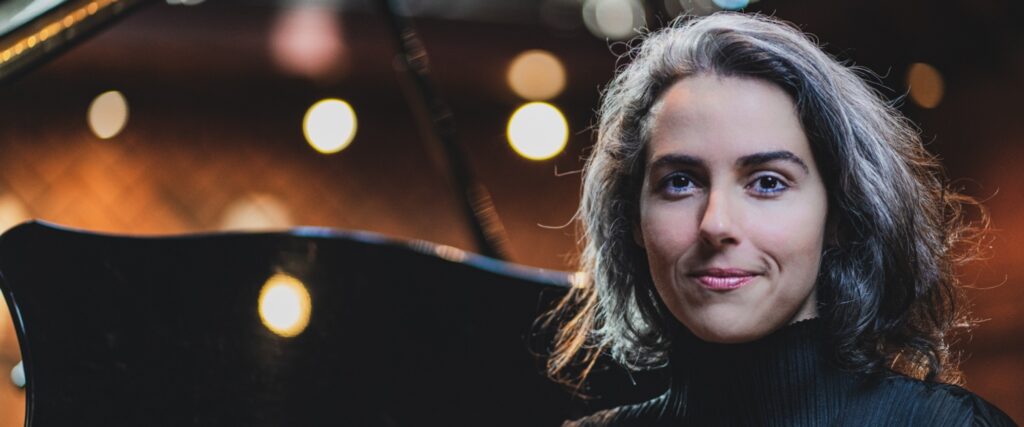
Hence began one of Yarlung’s most adventurous (and I hope you will agree, successful) collaborations in the label’s nineteen year history. It was important to me that we record natively in 256fs DSD as well as on our analog tape format. The liveliness and precision of this playing warranted as transparent a sound as we could deliver, and DSD did not disappoint! More on this toward the end of this note.
Julien served as the catalyst for the three commissions for “quintet,” the string quartet plus Julien on bandoneon, the German “walking church organ” made famous in Europe and North America by the great Argentine reinventor of the Tango, Astor Piazzolla. Julien and Takács musicians Ed, Harumi, András and Richard came up with a short list of composers for this project organized under the auspices of Music Accord. Two of the finest composers on this list were Clarice Assad and Bryce Dessner.
Julien had not met Clarice at the time, but he knew and loved Clarice’s musical trajectory, including her chamber music, larger orchestra works, her performances with her illustrious father (Sergio Assad, the Brazilian guitar virtuoso) and her collaborations with Nadja Salerno-Sonnenberg.
During our recording sessions, Julien remarked several times how “hands on” Clarice had been during the composing process, calling repeatedly to run ideas past him, ask advice and brainstorm technical solutions for the vast landscape of music she envisioned for the five instruments. Even before he heard the results, Julien predicted that Clash would be a winner.
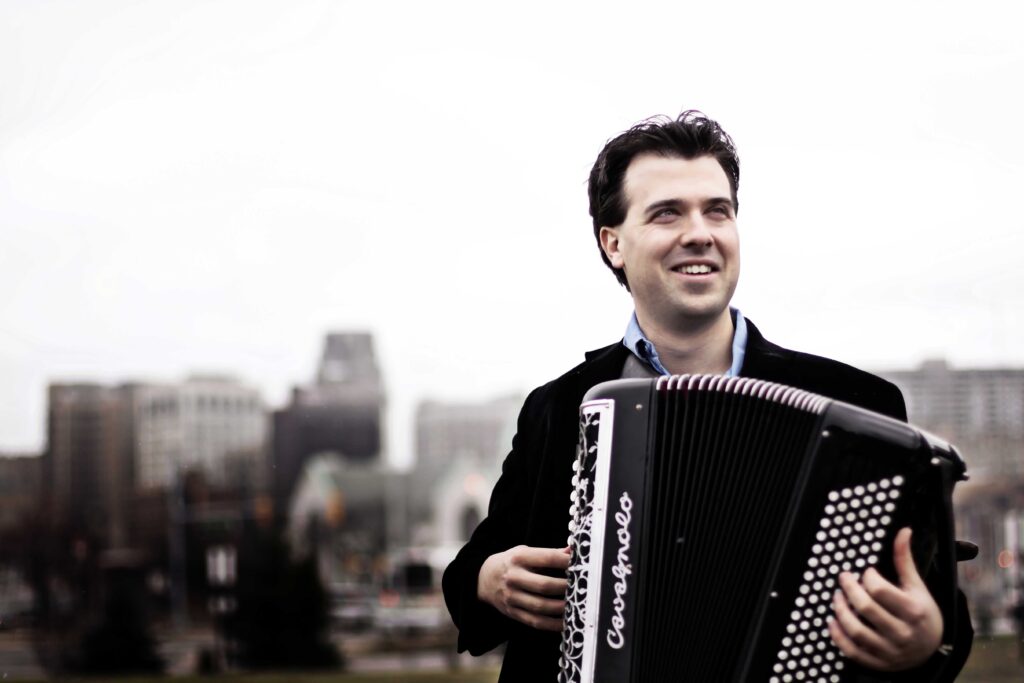
Julien had met Bryce Dessner several years earlier from a collaboration with Bryce and members of Eighth Blackbird on the movie score for The Two Popes. Julien knew Bryce was a successful American rock musician and guitarist based in Paris, but also recognized Dessner’s stature in the classical new music world and wanted very much to ask Bryce to write a piece for him and Takács. Julien hoped and anticipated that Bryce’s piece would explore a radically different musical language from that which Clarice would pursue in Clash. Circles, our opening track on the album, was Dessner’s fabulous result.
Julien had not initially intended to write a piece for himself and the quartet, but Takács pushed him a little. At their request, Julien shared Meditation No. 1. After reading the score Harumi and Ed thought the contrasting nature of the work would fit in beautifully within the rest of the concert program. Meditation No. 1, track 3 on our album, continues the trajectory initiated by Astor Piazzolla and Dino Saluzzi when they launched the bandoneón beyond its earlier role in Argentine folk music. As he prepared for our recording project, Julien told me he enjoyed thinking about the ECM bandoneón recordings released during the 1970s and 80s by Manfred Eicher.
I’m eager for your thoughts. Please let me know what you think! Here is a bit more information on the members of our string quartet, currently Edward Dusinberre and Harumi Rhodes, violins; András Fejér, cello; Richard O’Neill, viola.
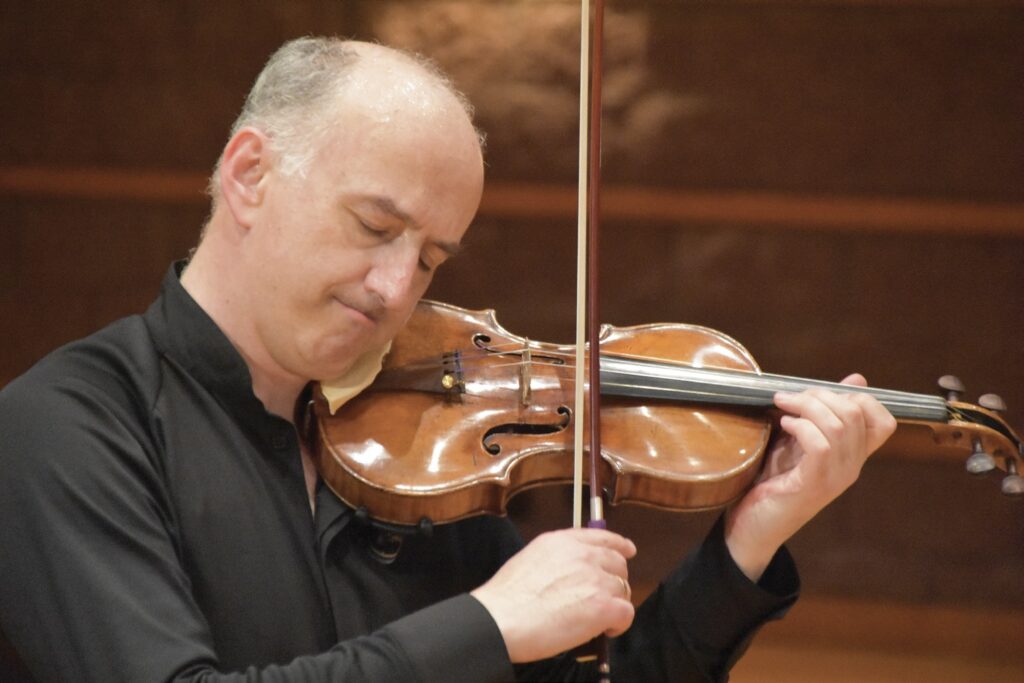

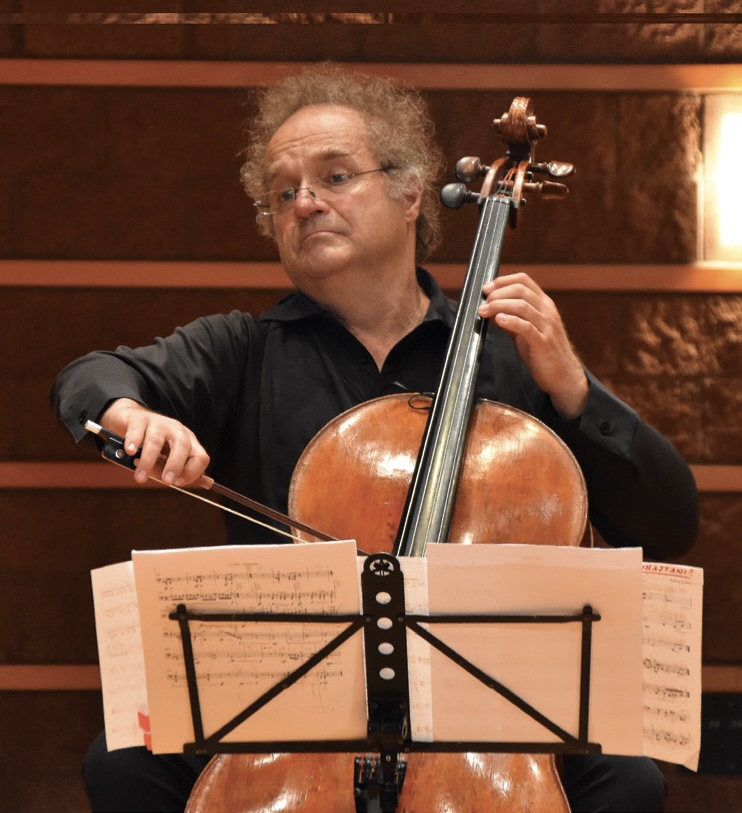

This album helps honor and celebrate the upcoming 50th Anniversary of the extraordinary Takács Quartet, formed in the 1970s at the Franz Liszt Academy in Budapest by Gabor Takács-Nagy, Károly Schranz, Gabor Ormai and András Fejér. András remains cellist to this day. Takács would become one of the highest-ranked and best-loved string quartets in history. The group received its first international attention in 1977, winning First Prize and the Critics’ Prize at the International String Quartet Competition in Evian, France. The Quartet also won the Gold Medal at the 1978 Portsmouth and Bordeaux Competitions and First Prizes at the Budapest International String Quartet Competition in 1978 and the Bratislava Competition in 1981. The Quartet made its North American debut tour in 1982.
J and Helen Schlichting enabled Yarlung to commission Constellation, a three movement work for violin and piano, performed together in this recording on track 5. Clarice wrote for Harumi on violin and for herself on piano. The work celebrates Clarice’s nuclear family of four. Clarice directs that the movements can be played in any order. In our case, Harumi and Clarice perform Celestial first, in which Clarice envisions Stella, her as yet unborn daughter, still in the womb when Clarice composed it. (Stella was very much with us at the time of this recording.) Clarice’s instinct told her something of what beautiful Stella would be like. She arrived peacefully and possessed a sense of calm that Clarice confessed she had never encountered before. Estrellita (Little Star) comes next, a movement Clarice wrote as a children’s song for Antonia, Clarice’s older daughter and little fireball of energy. “Antonia is like a shooting star, with bright eyes and a personality that fills our entire universe with excitement and bright colors.” This performance ends with Solais (Sunshine) a movement which pays homage and celebrates Clarice’s partner, evoking a sense of eternal, lasting love. It emanates warmth as this slow pulsating force sustains us, the revolving celestial bodies dancing around it in awe and gratitude. Thank you Harumi and Clarice for painting such a happy domestic musical picture for us, and thank you J and Helen for your generous commission.
-
Takács Assad Labro [Pure DSD]€20,99 – €34,49
Luminous, track two on our album, explodes with Clarice’s interpretation of the life-affirming power of Brazilian jazz. The percussive piano introduction launches the listener into the joyous syncopated rhythms and arching melodic lines associated with the genre. Luminous alternates duple and triplet sections in rondo form to drive the musical dialogue to a breathless and ecstatic conclusion, a celebration of life and music. Clarice, performing both voice and piano in this version, wrote Luminous as part of her Pendulum Suite.
Cravo e Canela (Clove and Cinnamon) follows on track 4. This is a song by Milton Nascimento, one of Brazil’s most celebrated songwriters. Ronaldo Bastos wrote the Portuguese lyrics and the two created a classic Brazilian song that captures the essence of romance and the vivid colors of Brazil’s cultural tapestry. Clarice’s arrangement and performance breathes fresh energy into the song through her improvisation and innovative vocal techniques. (Clarice didn’t want to leave all the extended techniques on this album to her instrument-playing friends.) This was fun to record, as I think you will understand when you listen.
Bryce Dessner’s Circles for String Quartet and Bandoneón opens our album on track 1. Bryce wrote that he was “fortunate to meet the wonderful bandoneón and accordion player Julien Labro a few years ago while I was composing the music for the Fernando Mereilles film, The Two Popes. I wrote a lot of music for Julien to play in the movie and was completely blown away by his exceptional musicianship and virtuosity. He seems to literally be able to do and play anything. So when Julien reached out and offered a chance to compose for him and the equally wonderful Takács Quartet, I was very happy.”

Bryce wrote Circles during the many months of Covid-19 lockdown in France. “This piece was an expression of the creative process slowly starting to turn again and come alive despite my isolation, each individual voice searching for a line and searching for one another and eventually creating a dance pattern together, weaving in and out of their evolving collective rhythm and individualist polyphony. This theme of the individual versus the collective voice is something I have been exploring a lot in my recent work.”
Clarice’s Clash, our final track on the album, is the hardest to describe. Perhaps also the hardest to play, but I will leave that to the musicians to decide. Clarice has been increasingly interested in tensions within the social fabric of our society, especially as exacerbated by incendiary politicians, climate change, mass migration and refugee issues. Indeed her latest opera, Isolda/Tristão, which premiered in São Paulo this past September, adjusts the story line we know from Wagner and the narrative of his 11th century predecessors to focus on refugees caught between the borders of two countries, and perhaps the borders between two states of existence.
Clash is not program music and does not tell a specific story or illuminate a specific argument. But it does embody some of these same social struggles as expressed by the string quartet and bandoneón as these five instruments explore states of discord. “I started writing Clash in 2020 and finished in 2021, a turbulent period for many of us, made more painful by our world-wide health crisis and its subsequent social distancing, the potential collapse of our economy, riots and political turmoil, all stressful occurrences.” Clarice experimented with rhythmic ideas she took from human speech, especially argumentative speech, and contrasts those with patterns evolving out of human conflict resolution. Challenging as the work may sound at first, its beauty emerges as the stronger and unifying force, giving us hope for the future. As with all the music in this album, this too was recorded in one take.
As Yarlung fans know, we record complete takes of movements and don’t like to surgically correct or “improve” the music created by our artists. This proves especially fraught when musicians tackle new and extremely challenging repertoire. Indeed, when musicians learn that Yarlung is serious about releasing “real” music as they in fact play it, many run away as fast as they can. By contrast, Clarice, Julien and the members of Takács Quartet said they relished the approach, challenging as it might be. I greatly appreciate their achievement and the results.
I still remember the expression on Baird Dodge’s face when he and Color Field Quartet came to record the James Matheson String Quartet in Samueli Theater with us, which you can also hear on NativeDSD.
-
James Matheson€17,99 – €34,49
Baird knew the drill but wasn’t sure he believed me. The first eighteen-minute movement was basically unplayable in a single take, even by Baird and his extraordinary Color Field Quartet. After about eight attempts, we cheated by recording the final coda, separated in the score by a nice fat fermata that follows the first part of the movement. The plan was to then record the first 17 or so minutes and treat the coda as a separate movement from an editing perspective. The musicians captured a perfect coda, and then we returned to the opening. I did ask that they keep playing through the coda to the end, however. That next take, which included the entire first movement, was the best performance of all parts of the moment, including the coda. That is the take you hear on the Matheson recording.
Harumi also recorded Kaija Saariaho’s Nocturne in one take. Like the Matheson Quartet, it is hard to play perfectly enough to release on record, especially considering the harmonics, extended techniques and musical soundscape created by the composer. Nonetheless, I was not surprised that Harumi’s first take was indeed perfect. Saariaho wrote Nocturne in 1994 in preparation for her violin concerto Graal théâtre. She dedicated Nocturne to Witold Lutosławski. We knew that Saariaho was struggling with terminal brain cancer and she died on June 2nd, 2023. We loved her and miss her. Harumi, Clarice, Julien, Ed, Richard and András join me in dedicating this album to Kaija Saariaho, her husband Jean-Baptiste Barrière, and their wonderful family.
Fellow recording engineer and equipment designer Arian Jansen and I used SonoruS Holographic Imaging technology in the analog domain to refine the stereo image, Yarlung’s SonoruS ATR12 to record Agfa-formula 468 analog tape, the Merging Technologies HAPI to record 256fs DSD in stereo and surround sound and the SonoruS ADC to record PCM. We used our friend Ted Ancona’s AKG C24 microphone previously owned by Frank Sinatra, and Yarlung Audio vacuum tube microphone amplification designed and built for us by Elliot Midwood.
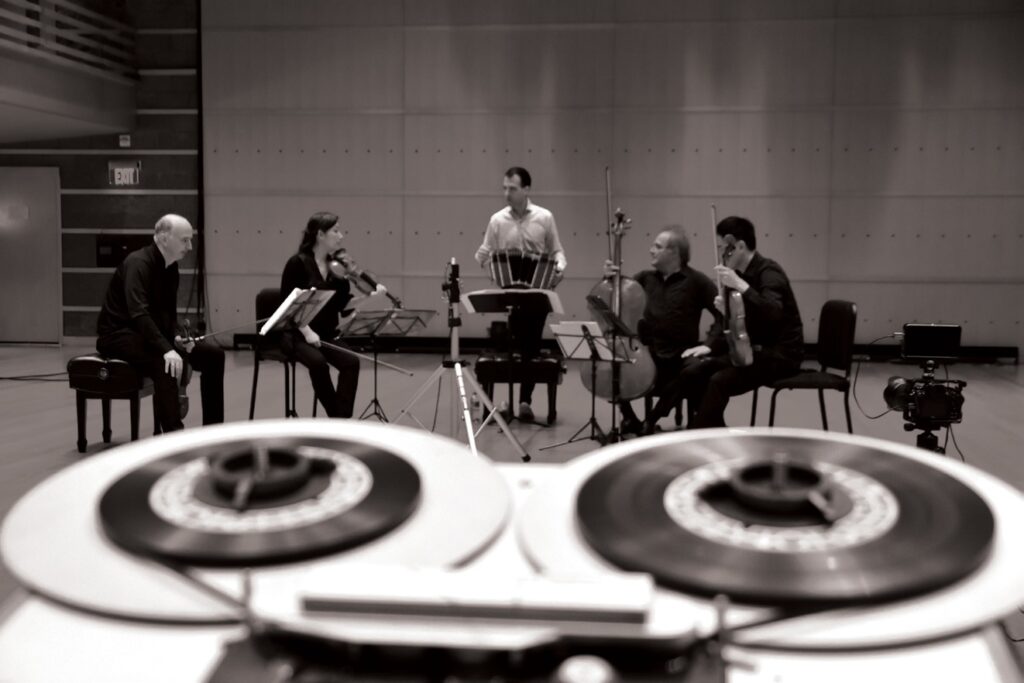
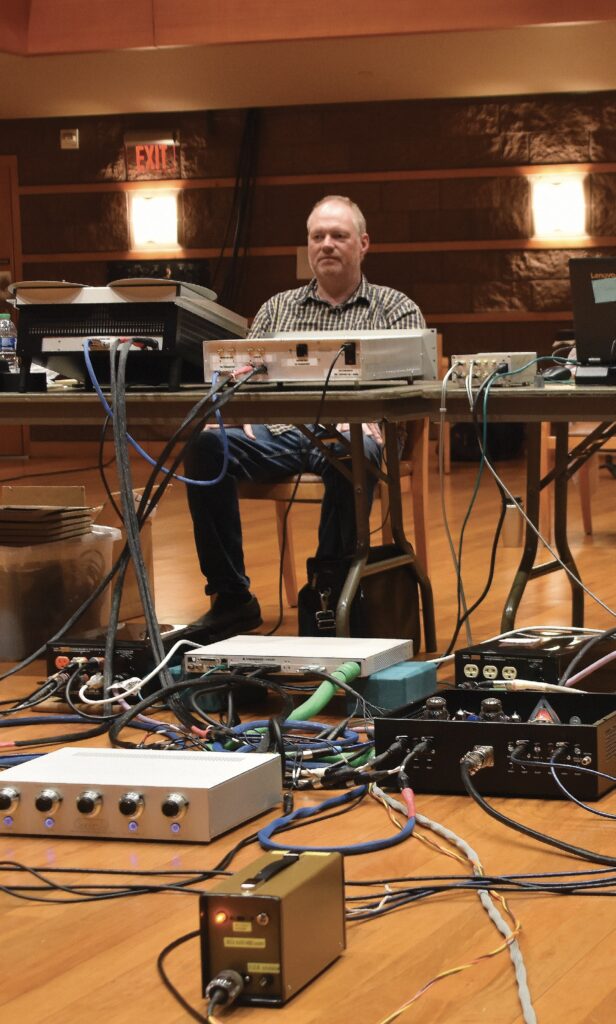
Thank you and enjoy!
–Bob Attiyeh, producer
-
Takács Assad Labro [Pure DSD]€20,99 – €34,49
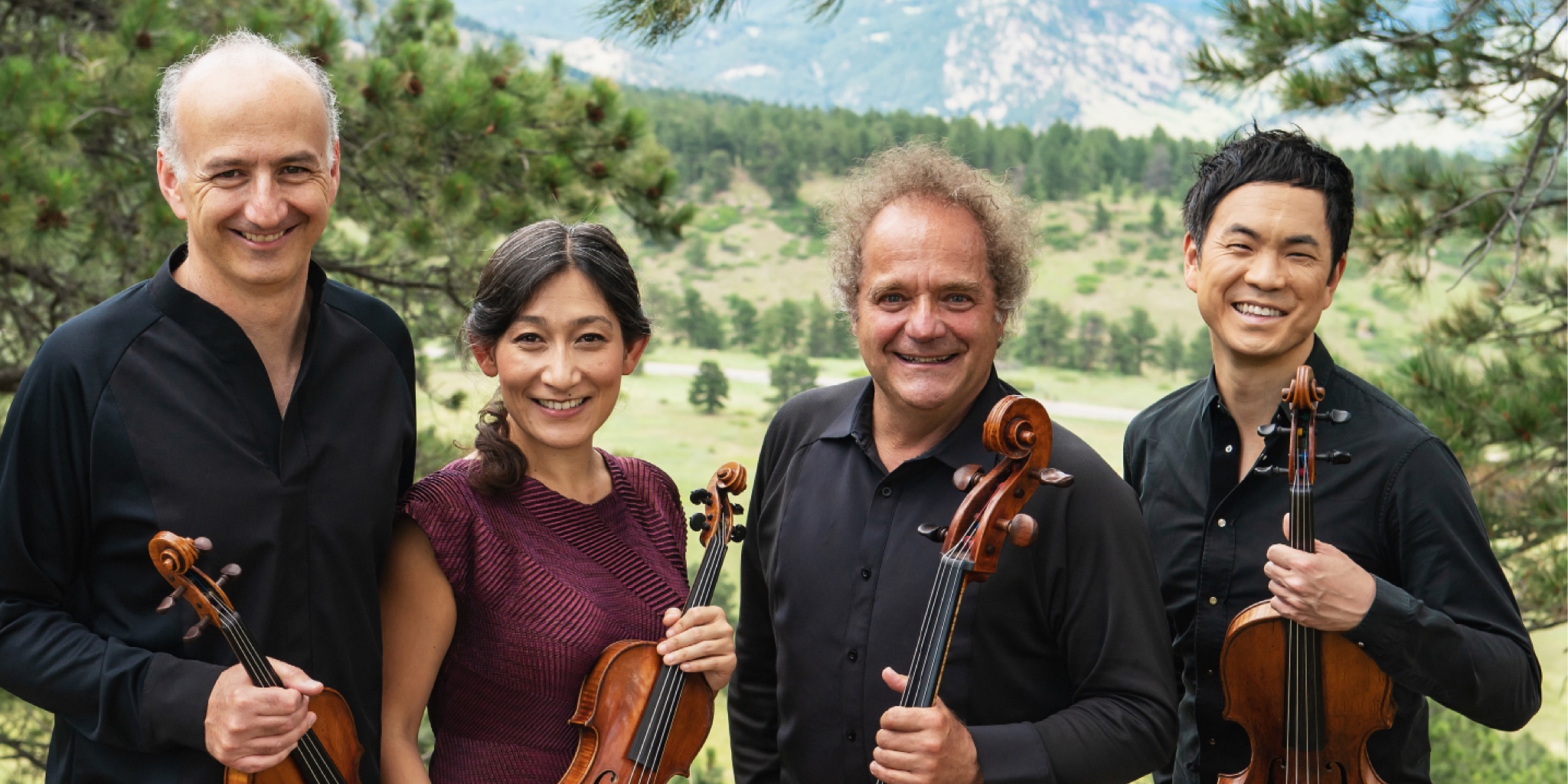
![Takács Assad Labro [Pure DSD]](https://media.cdnb.nativedsd.com/storage/nativedsd.com/wp-content/uploads/2024/03/07165819/YAR59691DSD-300x300.jpg)
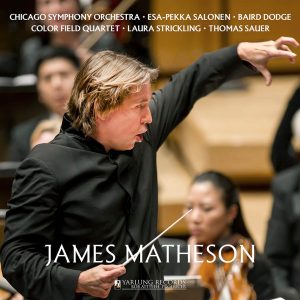

[…] Circles by Bryce Dessner performed by the Takács Quartet and Julien Labro. Album: Takács Assad Labro . I’ll be honest, I’ve never listened to The National (Bryce Dessner is a member). But I do like this work and will check out more of his chamber and orchestral catalogue in the weeks to come. The Takács Quartet is one of the most well known and prolific string quartets on the planet. This album is their most recent and it should go without saying that I’m always blown away. Read more about how this album came together here. […]
Pingback by DRAFT – Playlist 6: Geometry – Briggs Kennedy on January 3, 2025 at 21:23